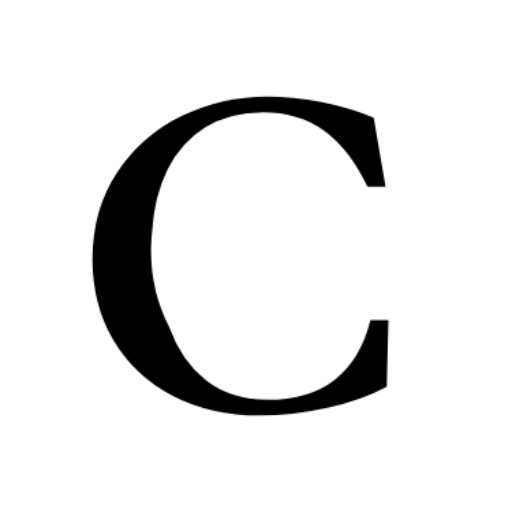From ancient traditions to modern wellness routines, the eye, particularly the iris, has long been considered a doorway into our health. Ginger DeClue, the visionary behind Detox by DeClue, is shining a light on the fascinating practice of iridology and how it seamlessly aligns with holistic health and detoxification.
The Power of the Iris
Iridology, Ginger explains, is an ancient technique of interpreting the patterns and colors of the iris to understand potential weaknesses and toxic build-ups in the body. Each body part resonates with a specific section of the iris. It’s crucial to note, however, that while iridology can indicate potential health areas to address, it doesn’t diagnose illnesses.
What’s genuinely intriguing is the dynamic nature of the iris. As individuals undergo detoxification, their iris patterns and colors can actually shift and evolve, mirroring their internal cleansing process.
Integrating Iridology into Detox by DeClue
But how does iridology fit into Ginger’s holistic health framework? At Detox by DeClue, an iridology report is the stepping stone to the D8 cellular reconstruction system. This consultation, which provides a comprehensive iris assessment, sets the foundation for a tailored herbal protocol.
“The herbs,” Ginger clarifies, “augment the detoxification process. Since every individual has unique needs, these herbal protocols are personalized based on the eye readings and additional health information.”
Journey of Wisdom and Practice
Although Ginger underwent formal training, including an iridology certificate course, she emphasizes the unparalleled value of hands-on experience. Having read over 4,000 sets of eyes and taught over 3,000 students, her approach is honed by wisdom—something only continuous practice can cultivate.
Iridology’s Impact
While iridology isn’t a diagnostic tool in the conventional sense, it offers invaluable insights. By understanding weaknesses and potential toxic accumulations in the body, individuals gain a clearer picture of their health journey. Ginger’s approach reframes patients as ‘students’, empowering them with knowledge about their bodies and health choices.
The Iridology Experience
For anyone interested, Ginger breaks down the process into simple steps. Students take and submit photographs of their eyes. These photos, accompanied by their health histories, are analyzed to identify potential health challenges. The subsequent report is both insightful and transformative, often leaving students astonished by its accuracy.
Interpreting the Iris
Ginger’s vast experience has equipped her with the ability to discern specific health indicators in the eyes, from potential detox pathway blockages to underlying systemic weaknesses. These interpretations, combined with Ginger’s holistic approach, offer students a comprehensive roadmap to enhanced well-being.
Memorable Cases
Ginger fondly recalls a particularly poignant case where iridology not only identified physical health issues but also emotional traumas, showcasing the profound interconnectedness of our emotional and physical states.
A Holistic Fusion
For many, iridology provides a sense of validation often missing from traditional medical practices. While Ginger’s approach doesn’t replace conventional medical treatments, it complements them, bridging the gap between holistic and mainstream medical care.
In a world constantly searching for balance, Ginger DeClue and her Detox by DeClue offer a harmonious blend of ancient wisdom and modern techniques, all viewed through the captivating lens of the iris.







